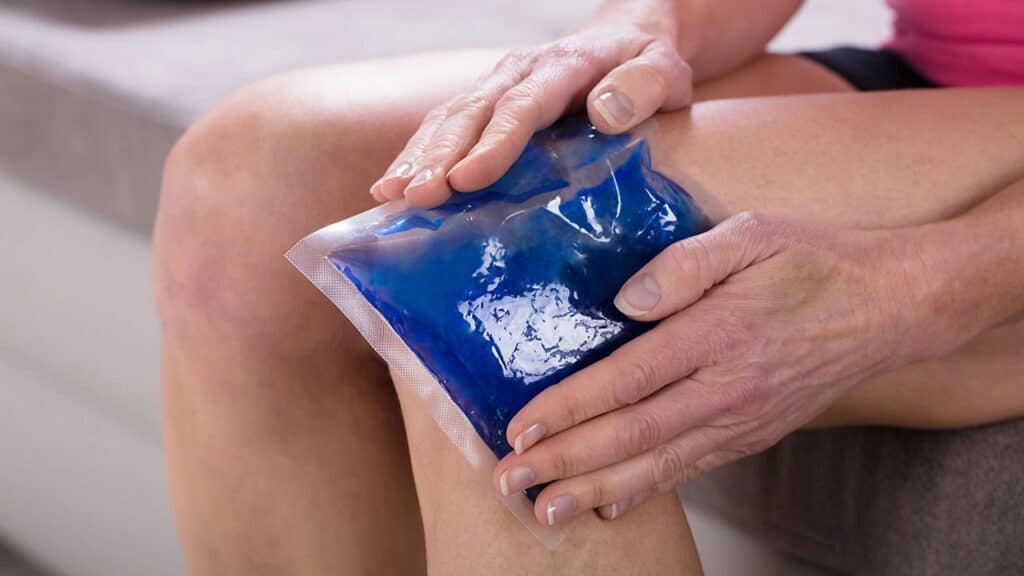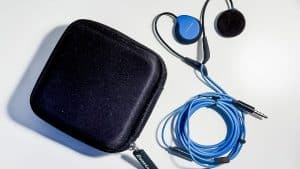Two of the most common recovery techniques seem like opposites. One involves applying heat to your aching muscles, the other involves cold. Yet these two common forms of treatment often come together. Which one is more effective depends on the type of pain.
Heat therapy could more accurately be called warm therapy. High temperatures can be dangerous. Warmth could come from a hot water bottle, heat pad, heat pack or warm bath. It can be targeted at one part of the body or be used as a whole body treatment. Heat therapy is often divided into dry heat and moist heat. Dry heat is easier to use, but moist heat may be more effective. It can be applied for longer periods of time than cold therapy – in the case of baths and saunas, as long as several hours.
The way heat therapy works is that it causes your muscles to relax while your blood flow improves. This stimulation can encourage muscles to heal. Heat therapy is generally used for stiffness and aches more than acute pain. It shouldn’t be used for swelling or bruising, or on an open wound. There is a high risk of complications if you have diabetes, deep vein thrombosis, dermatitis or various cardiovascular problems (including hypertension and heart disease).
For bruises, inflammation, swelling and acute pain, cold therapy may be better. Heat therapy stimulates blood flow, while cold therapy reduces it. It also calms the nerves sending pain signals. The most common forms of ice therapy include coolant sprays, ice packs and ice baths. Rarer forms include cryostretching and cryokinetics, which combine cold therapy with some movement. Cold therapy shouldn’t last for more than 10 to 20 minutes at a time.
Cold therapy isn’t always safe for people with circulatory problems or sensory disorders. Conditions like diabetes can damage nerves and make you less able to detect painful stimuli. You may not notice if the cold therapy has started causing harm. Damage can happen when cold therapy is drawn out for too long, or if you apply ice directly to the skin; wrap it in a towel first.
You can apply heat or cold therapy individually or alternate between them. As long as you understand how it works and how to mitigate the risks, it can be an effective way to reduce pain and improve recovery.




